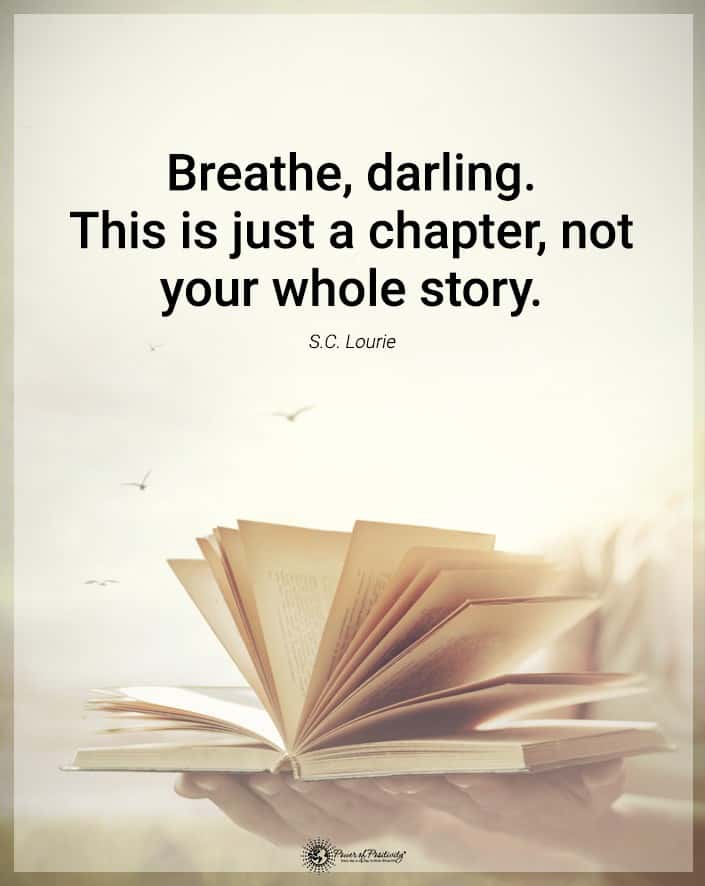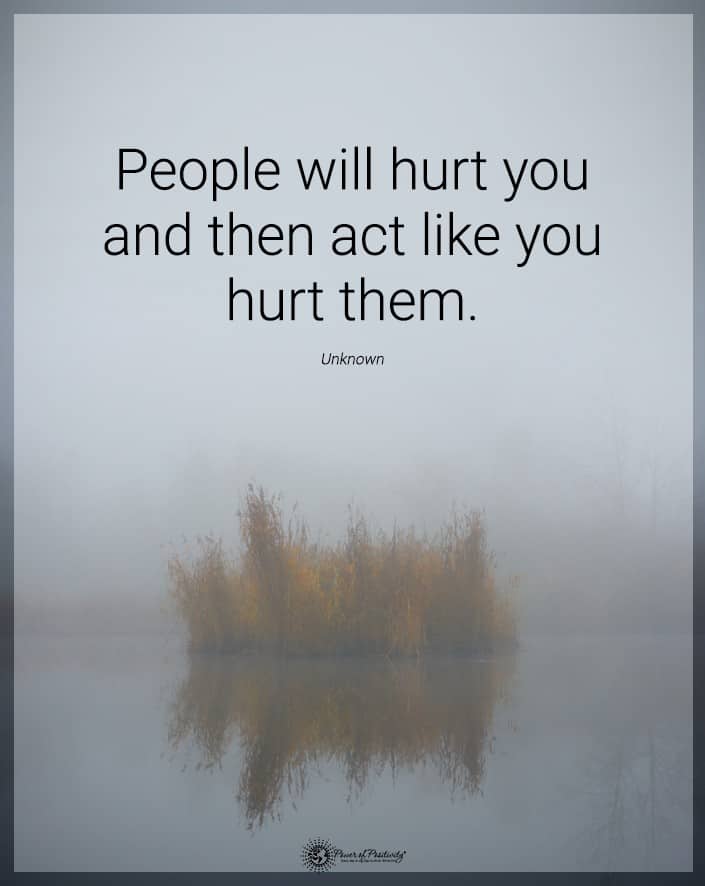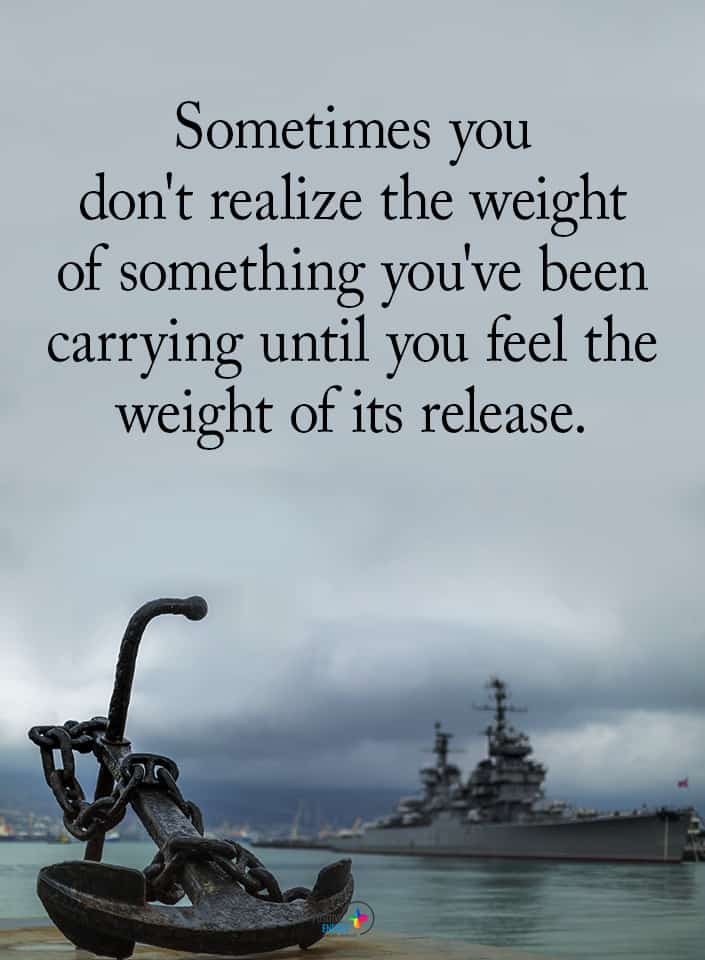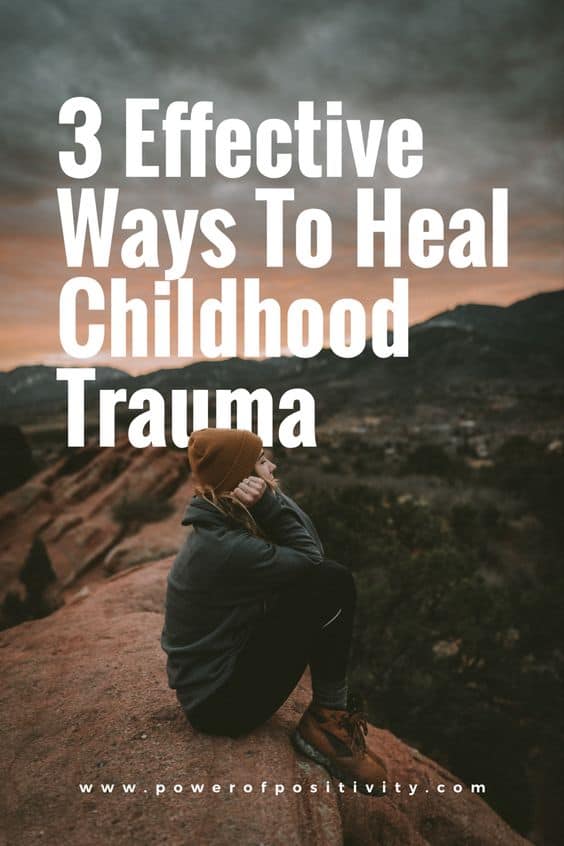Are there things in your past that you can’t shake? Do you see issues stemming from your childhood that plague you to this day, showing up in your actions and behaviors in ways you feel that you can’t control? If so, then it is time to heal childhood trauma.
It’s easy to feel powerless when you’re dealing with the aftermath of childhood trauma. But there are ways that you can recover and be freed from this pain. Here are three practical ways to heal childhood trauma.
1. Perform a Step-by-Step Mindful Healing Exercise
The steps needed to heal childhood trauma often involve correctly sitting down and fully immersing yourself in healing efforts as part of a routine. Trauma is a very complex thing and requires careful handling, after all. While you can manage its symptoms in more indirect ways, healing the trauma needs a lot more focus.
Luckily, a mindful healing exercise can work, developed by marriage and family therapist Andrea Brandt, Ph.D.
Dr. Brandt boasts more than 35 years of experience in her field. She states that this healing exercise is highly beneficial for most, if not all, of her clients that it is relevant to.
The healing exercise helps you confront the emotions associated with trauma and can improve positive thinking with regular practice. Here is how to go about it:
· Step 1: Grounding
To start healing, you have to be present. So go to a quiet location away from disturbances, and begin to ground yourself. To do so, sit down and close your eyes, breathing deeply and focusing on your body. Bring awareness to your arms by contracting and relaxing muscles, feeling the weight of your limbs. Feel the ground beneath you and root yourself in it. Visualize energy from your tailbone connecting you down to the earth’s core.
· Step 2: Recalling
Once you feel grounded, reach into your memories and think about something that recently upset you. It can be anything at all that created a reaction, whether mild or strong or somewhere in between, or made you feel suddenly numb. Think carefully about this incident and imagine it in as much detail as you can, as if transporting yourself back in time, engaging your senses, too.
· Step 3: Sensing
Once you begin to feel those emotional reactions return, breathe deeply and relax quietly for a moment. Then, observe your body, paying attention to any sensations that are occurring. Are your fists clenched? Is your pulse accelerating? Are you sweating? Describe each feeling to yourself, quietly in your mind, in clear detail. Work through them until you’ve described all the physical experiences you’re dealing with.
· Step 4: Naming
For each sensation, find an emotion that explains it and associate the two together. If your fists are clenched, for example, you may be angry, and if your pulse is accelerating, you may be anxious. If you have trouble naming emotions, it can be helpful to look up a list of complex ones before beginning the exercise so you can match them up more quickly. Differentiating many similar emotions accurately can be very helpful for positive healing.
· Step 5: Loving
Acceptance and love are necessary for healing. Even though these emotions are complex, tell yourself: “I love myself for feeling (emotion).” Name each emotion and proclaim your love for yourself, remembering to love and accept yourself.
· Step 6: Experiencing
Now, sit quietly with your feelings, the sensations they create, and your reactions to them. Watch them quietly, like you would watch a passerby, and don’t judge, hide, or try to change them. Acknowledge each emotion and experience and welcome them, expressing them in a natural and healthy way – so cry, shout, or punch a pillow if you must.
· Step 7: Receiving
Now, connect these emotions and sensations with things further in your past. Do they relate to trauma, bad experiences, and difficulties stemming from long-rooted pain? What is the message your feelings are trying to tell you? What are they saying, or what would they say if they could speak or describe you? If you have difficulty, grab a pen and some paper or a journal and writing freely to fully express your thoughts without stopping for 10 minutes.
· Step 8: Sharing
Your reflections may have been insightful. If you like, you can share these reflections with individuals you trust. If you don’t want to share them with others, share them with yourself. Please write down your feelings and the healing process, describe your emotions and connections to your past, and reflect on them each in turn.
· Step 9: Releasing
Finally, imagine all that trauma and negative energy in your body and imagine it leaving you or being expelled from your being. You can also do this in a more physical way by throwing away things that are reminders of your trauma, or by standing under or in running water and imagining the energy being washed away from you.
You can repeat this exercise as many times as necessary for your recovery process. It is somewhat similar to practices of mindfulness, which have been proven to also have positive effects on trauma and trauma disorders.
2. Practice Sufficient Self-Care
When you’re healing from childhood trauma, you need a lot of energy, and you need to be in relatively good health. It’s easy for traumatized individuals to forget to look after themselves. Don’t fall into this trap! You need to care for your mind and body to recover well. Here are some factors that you should be incorporating:
· Balanced Lifestyle
Your lifestyle is essential for ensuring positive wellbeing when you’re dealing with trauma. You don’t have to live a perfectly healthy life – ensure a balance that can keep your body ticking healthily. Get enough sleep, avoid excessive junk food, and don’t abuse drugs or alcohol.
· Exercise
Trauma involves the ignition of the fight-or-flight responses in the human body. Exercising can help to relax a lot of those more extreme impulses and reactions by expending energy. Research has shown positive effects of aerobic workouts for treatments for individuals with PTSD when performed most days a week for a minimum of 30 minutes a day.
· Social Connection
Trauma can often make you want to isolate yourself, but this is very detrimental to your overall recovery process. In order to recovery from PTSD and long-term trauma, the Anxiety and Depression Association of America recommends retaining contact with positive and supportive people in your life. You don’t have to talk to them about your trauma. But you do need to maintain good interactions with others, especially those who love and care about you.
3. Get Therapy
The reality of the matter is that healing childhood trauma isn’t something you can usually do independently. While taking care of yourself and using certain helpful exercises can be beneficial, deep-rooted trauma of a severe nature doesn’t just go away. Trying to heal it yourself, especially when it’s attached to PTSD or other trauma disorders, is like trying to perform open-heart surgery on yourself!
Speaking to any mental health professional will give you some insight into possible treatment methods. It can take a while to find a therapist whose methods work well with you and for you. But once you do, they will usually be able to determine the suitable treatment method for you. If you like, though, you can read up on some standard therapies for childhood trauma. Then discuss them with your therapist.
It is normal to require therapy in order to heal from childhood trauma. That trauma leaves deep, cutting scars on you with roots. Indeed, they may be buried in your subconscious and within repressed memories. There is no shame in getting help for the pain you’re experiencing. Here are some common forms of therapy that are used in the treatment of trauma:
· Cognitive Processing Therapy
Cognitive processing therapy, or CPT, is typically the main choice of cognitive-behavioral therapy subtypes for treating adults with PTSD from childhood. The American Psychiatric Association usually recommends CPT for the span of 12 sessions, which involves developing an awareness and understanding of emotions and thoughts from PTSD. This is followed up by formal trauma processing and the development of skills to manage trauma-based thoughts.
· Eye Movement Desensitization And Reprocessing
Eye movement desensitization and reprocessing, or EMDR, is a form of therapy that uses eye movements to treat PTSD and other trauma by re-patterning memories. The treatment process is separated into eight different phases that help patients along the way, from the history to preparation and from assessment to treatment, all the way up to the final evaluation. Studies have found EMDR to be highly effective in addressing trauma-based unprocessed memories.
· Prolonged Exposure Therapy
Prolonged exposure therapy, or PE, is a form of cognitive-behavioral therapy used to treat many mental disorders, including PTSD. It is meant to help patients face their fears, memories, feelings, and circumstances that are difficult to confront due to trauma. This usually requires a trusting and fair therapeutic relationship, and the American Psychiatric Association states that the total amount of treatment time for positive effect takes about three months.
· Art Therapy
As its name suggests, this form of therapy harnesses the powers of creative and artistic expression to aid in healing trauma. It’s a good way to express trauma and pain without words and help build emotional resilience.
· Trauma-focused Cognitive Behavioral Therapy
Trauma-focused cognitive behavioral therapy, or TF-CBT, is another type of cognitive-behavioral therapy usually used for adolescents and teenagers. Studies have shown that TF-CBT can have a positive effect on young individuals dealing with the emotional fallout of an event of trauma. However, supportive networks and trusted caregivers are also necessary for the process.
· Narrative Exposure Therapy
Narrative exposure therapy, or NET, is a TF-CBT alternative for PTSD specifically. It is a very short-term kind of intervention that aims to help patients embed trauma into their own lifespan’s autobiographical timeline, which patients should continue to use after the therapy is over. According to research, NET works best to treat those facing many traumatic events in their past.
Final Thoughts On Some Effective Ways To Heal From Childhood Trauma
Childhood trauma is not easy to overcome. By performing mindful healing exercises, taking care of yourself, maintaining positive thinking, and seeking professional aid in the form of therapy, you’ll be able to take steps towards being free from those sources of hurt and trauma.


















 Community
Community

